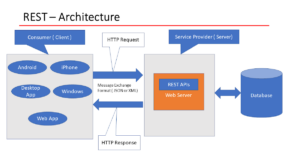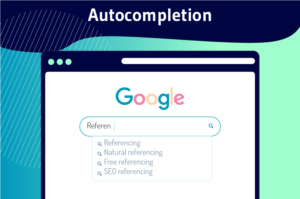Representational State Transfer (REST) is a widely adopted architectural style for designing networked applications. REST APIs provide a flexible and scalable solution for implementing search functionality in web applications. In this article, we will explore the fundamentals of REST Search API, its key components, and how it can be leveraged to build powerful search features. Whether you are a developer or a business owner looking to enhance your application’s search capabilities, this guide will provide you with a clear understanding of REST Search API principles.
Understanding REST and its Key Principles

REST, or Representational State Transfer, is an architectural style that defines a set of constraints for creating web services. REST is built on the concept of resources, which are identified by unique URLs (Uniform Resource Locators). It leverages the HTTP protocol for communication and employs standard HTTP methods such as GET, POST, PUT, and DELETE for performing operations on resources.
The key principles of REST include statelessness, client-server architecture, uniform interface, cacheability, layered system, and code on demand. These principles promote scalability, simplicity, and interoperability in web services.
Exploring REST Search API Components
A REST Search API consists of several essential components. Firstly, it requires a resource representation for search queries, which defines the structure of the query parameters and the expected response format. This representation typically follows a JSON (JavaScript Object Notation) format.
The search endpoint serves as the entry point for search requests. It is identified by a URL and can be extended with additional parameters to refine the search.
To execute a search, the API utilizes HTTP methods, with GET being the most common. The search parameters are appended to the URL or sent as query parameters in the request.
The response from a REST Search API includes the search results, which can be returned in various formats such as JSON or XML. The response may also include metadata, pagination information, and facets for refining the search further.
Leveraging REST Search API for Enhanced Search Functionality (approx. 200 words):
REST Search API enables developers to build powerful search features by leveraging its capabilities.
Here are a few strategies to enhance search functionality:
-
Query Syntax:
Design the API to support a robust query syntax that allows users to perform advanced searches using operators, wildcards, and filters.
-
Sorting and Pagination:
Implement sorting options to provide users with control over result ordering. Incorporate pagination to manage large result sets efficiently.
-
Filtering and Faceting:

Enable users to refine their searches by incorporating filters based on specific criteria. Faceting allows users to explore search results by providing aggregated values for different attributes.
-
Relevance Scoring:
Implement relevance scoring to rank search results based on their relevance to the query. This ensures that the most relevant results are presented first.
-
Autocomplete and Suggestions:

Integrate autocomplete functionality to provide real-time suggestions as users type their queries. This improves the search experience and helps users find what they are looking for quickly.
Conclusion
REST Search API offers a powerful and flexible solution for implementing search functionality in web applications. By understanding its principles and components, developers can build robust search features that enhance user experience and drive engagement. Leveraging the capabilities of REST Search API opens up a world of possibilities for creating efficient and intuitive search experiences in your applications.






